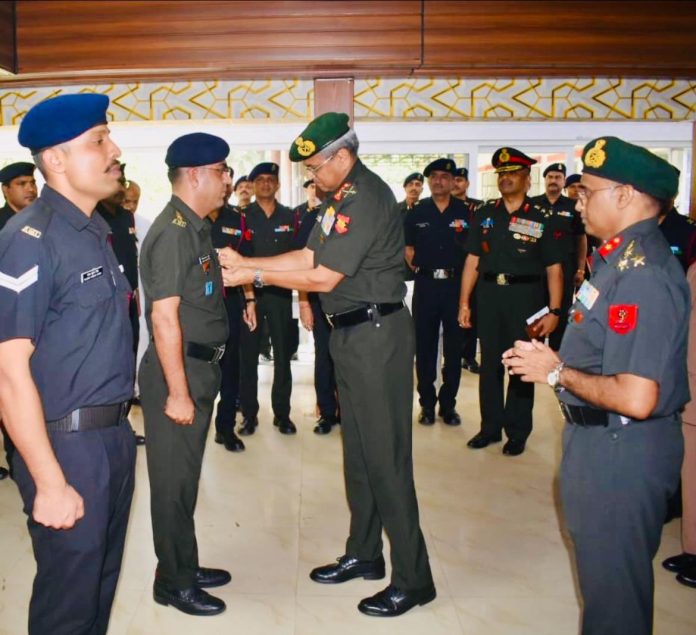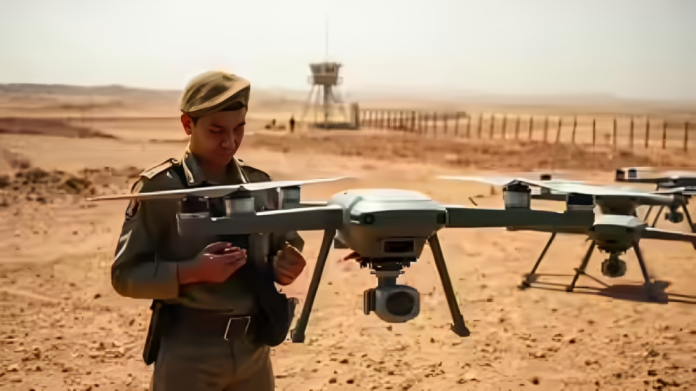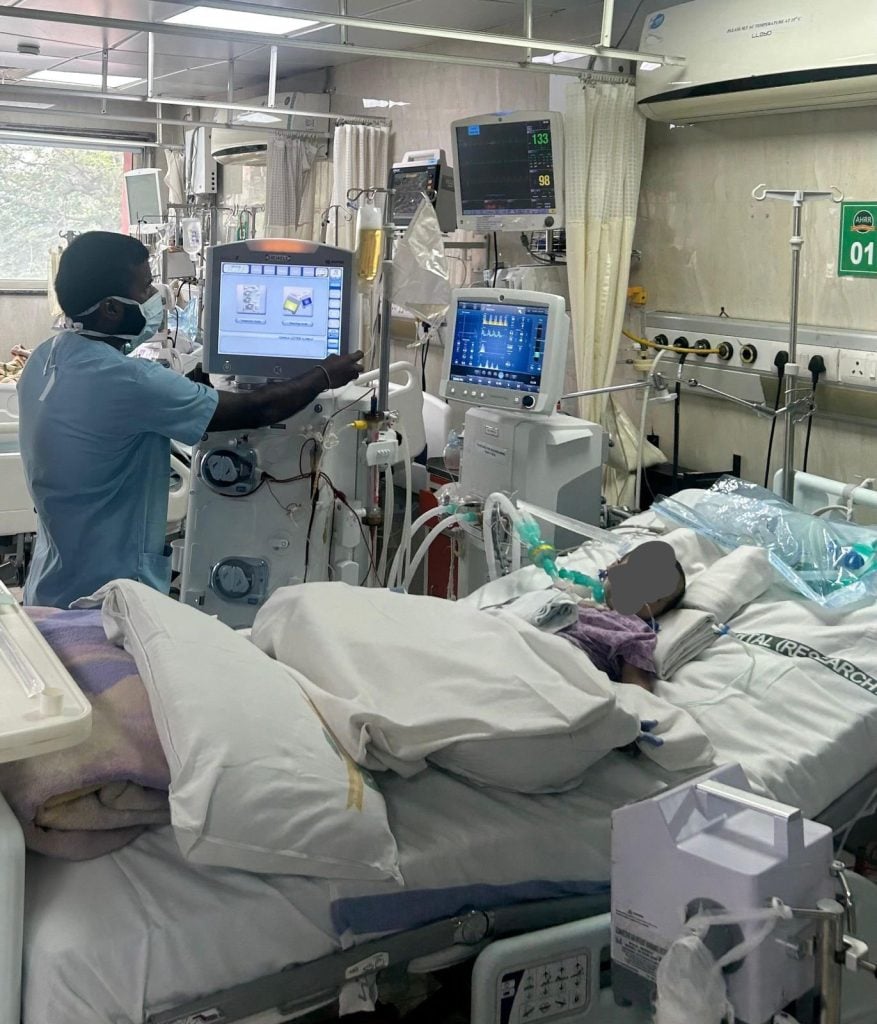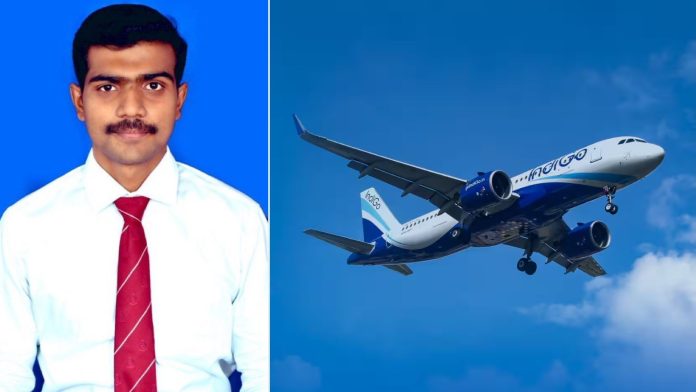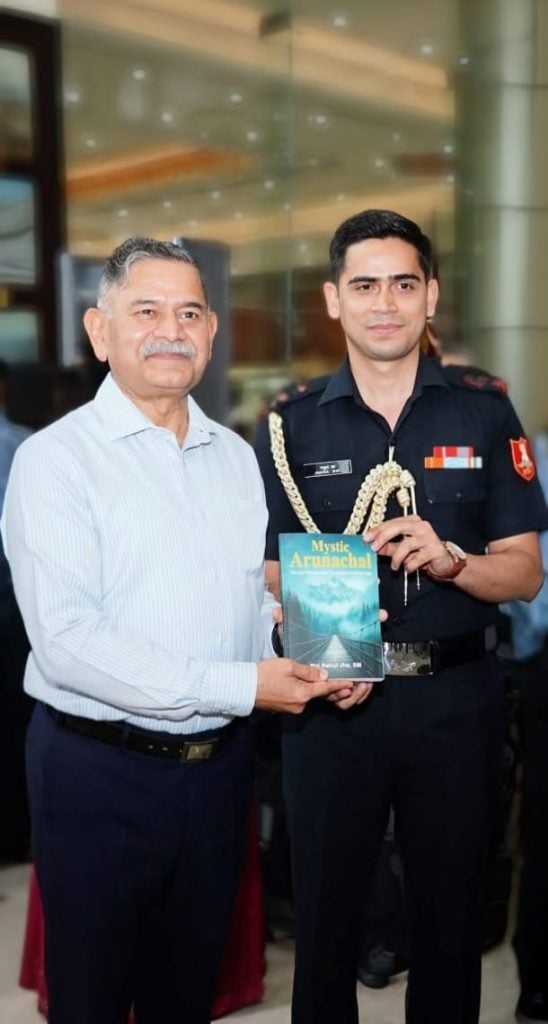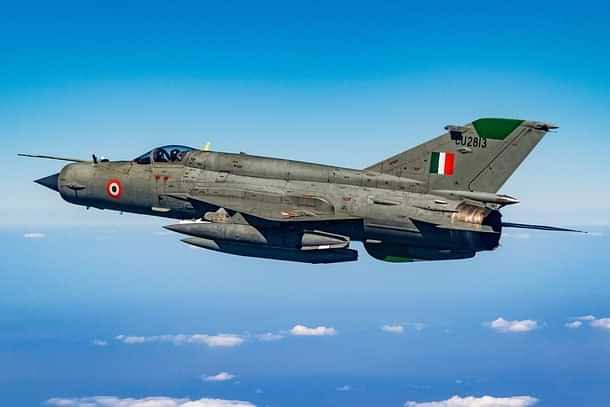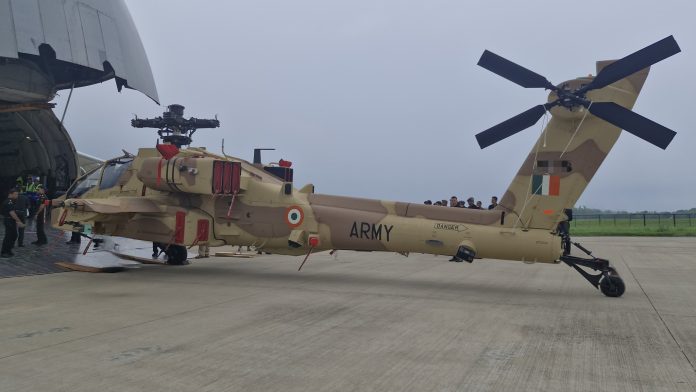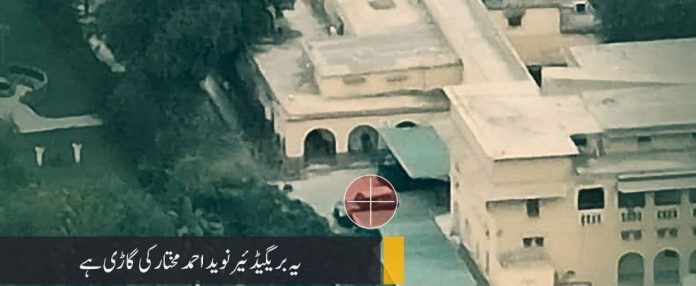Lieutenant General Anindya Sengupta, General Officer Commanding-in-Chief (GOC-in-C) of the Central Command, visited Military Hospital Namkum in Ranchi on July 21, 2025, to acknowledge the hospital’s outstanding contributions to patient care and military healthcare services.
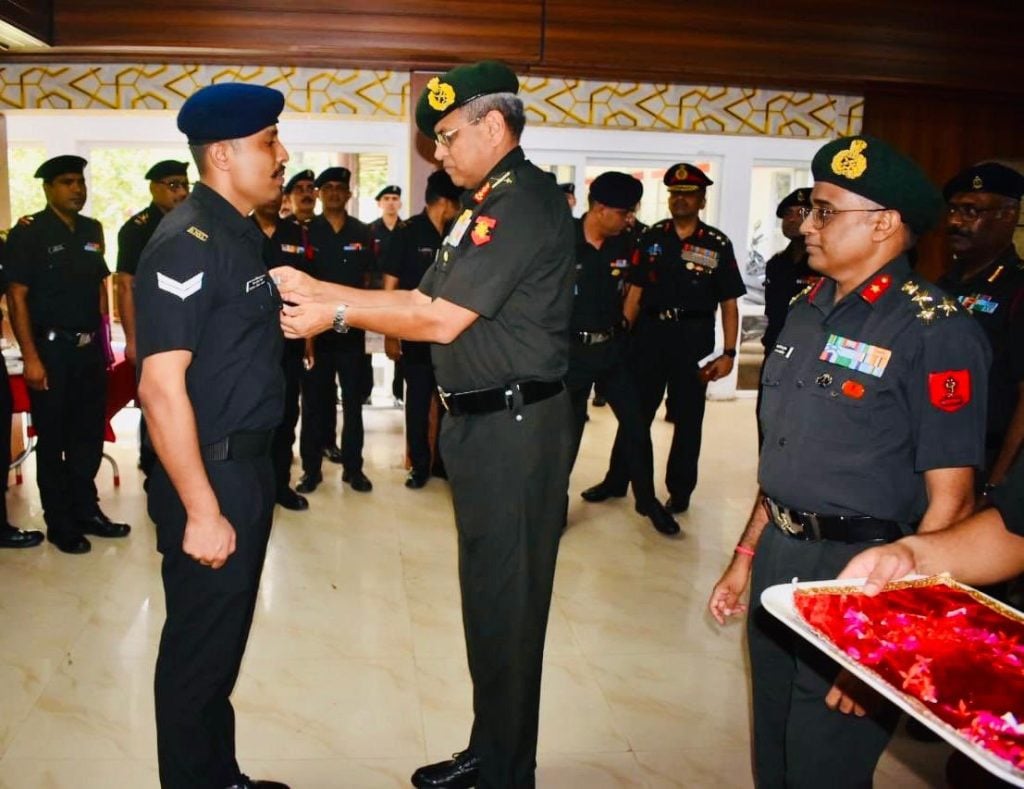
During the visit, Lt Gen Sengupta lauded the staff for their professionalism and unwavering commitment to the values of the Armed Forces Medical Services (AFMS). He emphasized the importance of quality healthcare within the defence community and highlighted the critical role played by military hospitals in supporting the well-being of soldiers and their families.
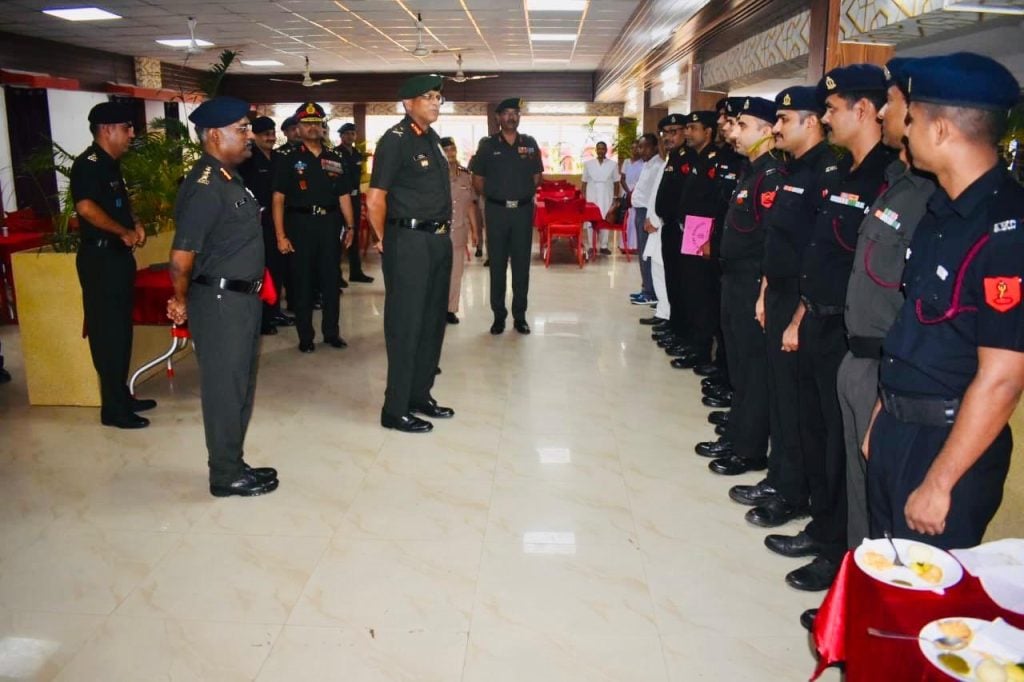
As part of the visit, the GOC-in-C awarded the prestigious GOC-in-C Commendation Card to two personnel for their exceptional dedication and service. The award, governed by Army Order 54/77, recognizes acts of gallantry, distinguished service, or devotion to duty that fall below the threshold of higher gallantry awards.
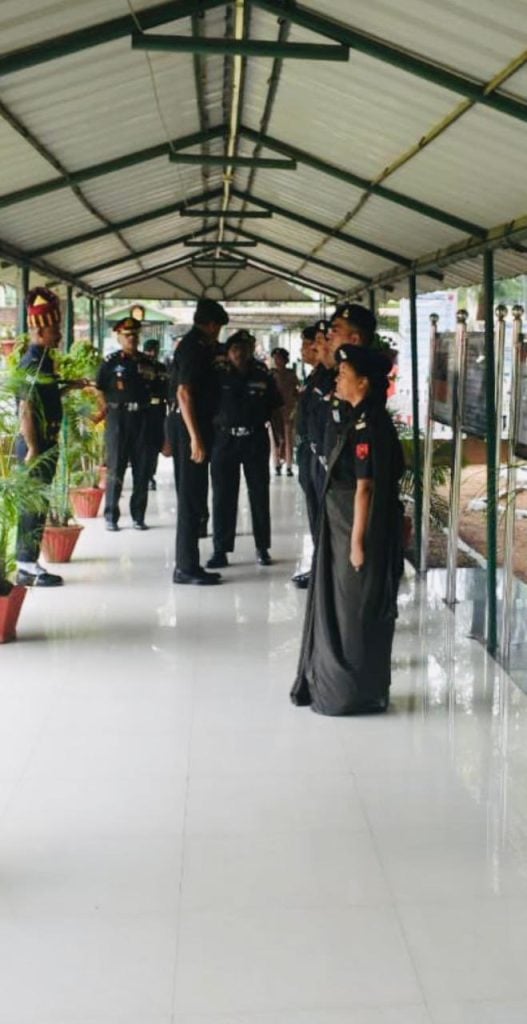
The AFMS, a tri-service organization, provides healthcare to over 1.4 million active military personnel, dependents, and veterans. It also integrates civilian medical talent, with postgraduate-trained doctors from institutions such as the Armed Forces Medical College (AFMC) Pune serving mandatory five-year tenures to strengthen the system.
Lt Gen Sengupta assumed command of the Central Command on July 1, 2024. His previous appointments include Commander of the Fire and Fury Corps in Leh and Chief of Staff of the Northern Command. His visit to Military Hospital Namkum reflects the Indian Army’s continued focus on improving healthcare infrastructure and recognizing excellence within its ranks.

